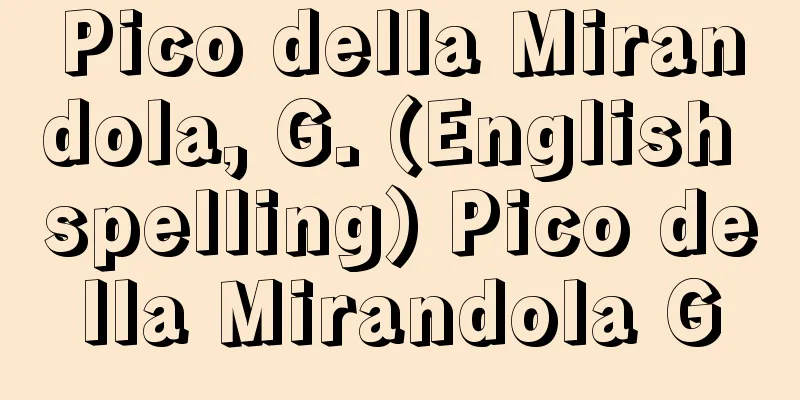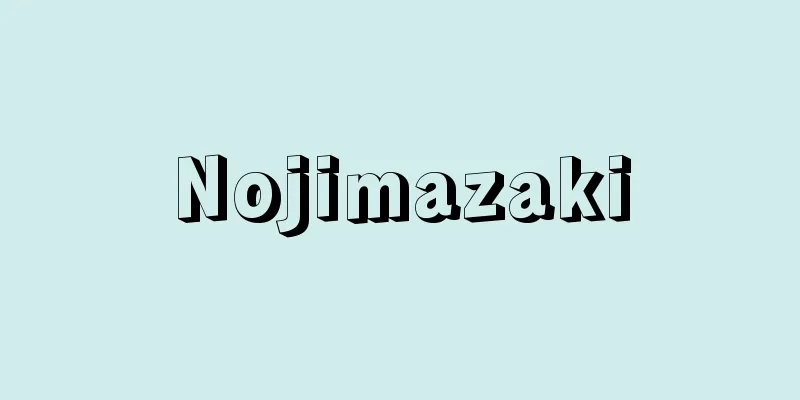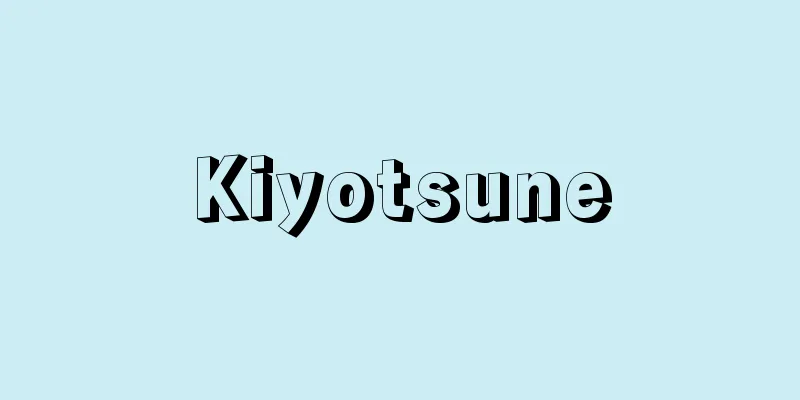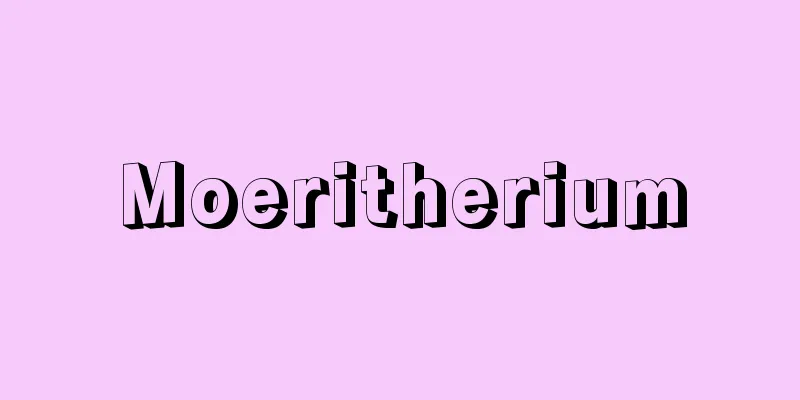Zinc flower

|
A common name for zinc oxide as an industrial chemical and pigment. Also called zinc white. When metallic zinc is melted in a crucible, vaporized at about 1000°C, and burned in air, a mist of zinc oxide is produced. When this is rapidly cooled with cold air, it becomes fine particles, which are collected in a cyclone (dry indirect method). It can also be produced by air oxidation of metallic zinc gas extracted directly from zinc ore (dry direct method). Alternatively, soda ash (anhydrous sodium carbonate) is added to an aqueous solution of zinc sulfate to precipitate basic zinc carbonate, which is washed with water, filtered, and then calcined (wet method). This is finer than the dry method and is called activated zinc oxide. Zinc oxide is the most widely used white pigment for paints, and its specific gravity is 5.47 to 5.78, second only to lead white (the common name for basic lead carbonate). Its hiding power is much less than that of titanium dioxide and slightly less than that of white lead, but its coloring power is great. It is widely used as a white pigment in paints, colors, printing inks, and linoleum pigments, and is used as a vulcanization accelerator or reinforcing agent for rubber. As a medicine, it is a non-toxic astringent, drying agent, and protective agent, and also has some antiseptic properties, so it is used as an external agent such as zinc oxide ointment. It is also used as a catalyst for the production of methanol and acetone, and in dental cement. [Katsumasa Nakahara and Jun Otsuka] [Reference items] | | | | | | | dioxide| | | | |Source: Shogakukan Encyclopedia Nipponica About Encyclopedia Nipponica Information | Legend |
|
酸化亜鉛の工業薬品、顔料(がんりょう)などとしての通称。亜鉛白ともいう。金属亜鉛を、るつぼで融解し、1000℃程度で気化させ、これを空気で燃焼させると煙霧状の酸化亜鉛が生成する。これを冷風で急冷すると微粒となるので、サイクロンなどで捕集する(乾式間接法)。また亜鉛鉱から直接取り出した金属亜鉛の気体を空気酸化してつくることもある(乾式直接法)。あるいは硫酸亜鉛の水溶液にソーダ灰(無水炭酸ナトリウム)を加えて、塩基性炭酸亜鉛を沈殿させ、水洗、濾過(ろか)後、煆焼(かしょう)してつくる(湿式法)。これは乾式のものより微粒で活性亜鉛華という。亜鉛華は白色顔料として塗料用にもっとも多量に使用され、比重は5.47~5.78で鉛白(塩基性炭酸鉛の慣用名)に次いで大である。隠蔽(いんぺい)力は二酸化チタンよりはるかに小さく、鉛白よりやや小さいが着色力は大きい。白色顔料としてペンキ、絵の具、印刷インキ、リノリウム用顔料などにも広く用いられ、ゴム用には加硫促進剤あるいは補強剤として使用される。医薬品として無毒な収斂(しゅうれん)剤、乾燥剤、保護剤となり、いくぶん防腐作用もあるので、亜鉛華軟膏(なんこう)などのような外用剤としても用いられる。またメタノール、アセトン製造用触媒、歯科用セメントなどにも用いられる。 [中原勝儼・大塚 淳] [参照項目] | | | | | | | | | | | |出典 小学館 日本大百科全書(ニッポニカ)日本大百科全書(ニッポニカ)について 情報 | 凡例 |
<<: Zinc alloy - aengoukin (English spelling) zinc alloy
>>: Zinc - aen (English spelling) zinc
Recommend
continuous cooling transformation
…Austempering is a method of austenitizing steel,...
Comprehensive River Development Method
Historically, they can be divided into four categ...
A Farewell to Arms
A representative full-length novel by the America...
Sumako Fukao
Poet. Her real name was Ogino Shigeno. She was bo...
Hertzsprung-Russell diagram - Hertzsprung-Russell diagram
Also known as the HR diagram. A diagram in which e...
accessory fruit
...The false fruits of strawberries and apples cl...
Bracelli, GB (English spelling) BracelliGB
For example, the French author Charles Estienne&#...
Cloth money - sticky note
Bronze coins from the Spring and Autumn Period an...
Sydney Basin
This is the most important coalfield near the port...
Reactor - Reactor (English spelling)
A device designed to introduce reactance into an ...
Administrative enforcement - Gyoseijo no Kyosei Shikko
...Generally, it means the procedure for the comp...
Kashima Iwakichi
... In the Meiji era, the construction industry f...
Strassenzwang
...The general term for these tolls was customs d...
Gadsden, J.
...refers to the purchase of territory by the Uni...
Kashimo [village] - Kashimo
A village in Ena County, on the eastern edge of Gi...









